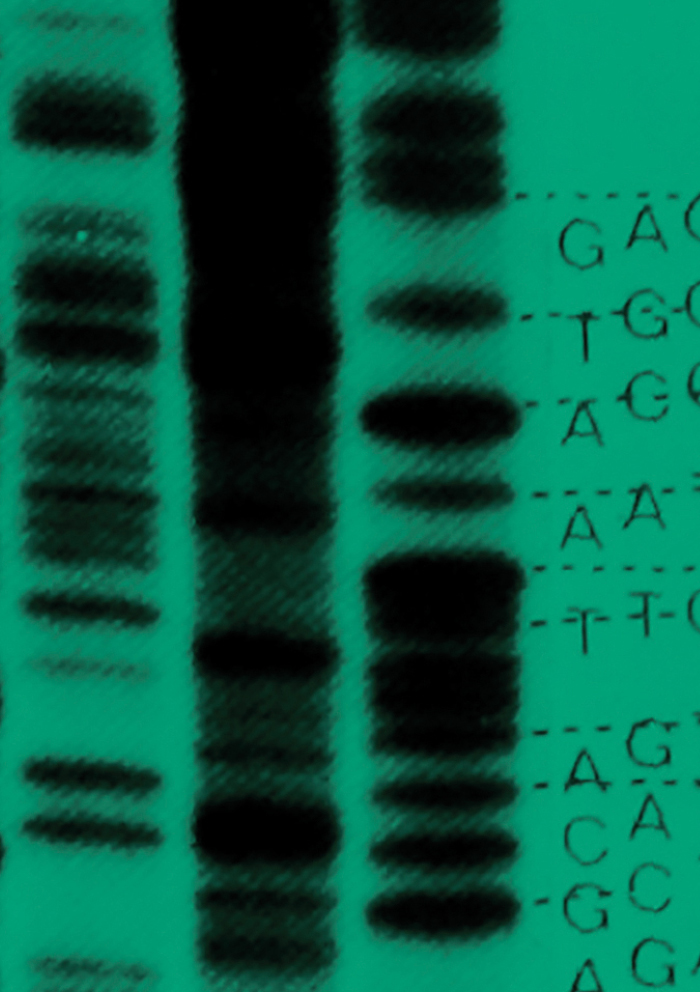 -
Volume 3,
Issue 7,
2017
-
Volume 3,
Issue 7,
2017
Volume 3, Issue 7, 2017
- Research Paper
-
- Microbial Evolution and Epidemiology
- Population Genomics
-
-
Sharing of carbapenemase-encoding plasmids between Enterobacteriaceae in UK sewage uncovered by MinION sequencing
More LessDissemination of carbapenem resistance among pathogenic Gram-negative bacteria is a looming medical emergency. Efficient spread of resistance within and between bacterial species is facilitated by mobile genetic elements. We hypothesized that wastewater contributes to the dissemination of carbapenemase-producing Enterobacteriaceae (CPE), and studied this through a cross-sectional observational study of wastewater in the East of England. We isolated clinically relevant species of CPE in untreated and treated wastewater, confirming that waste treatment does not prevent release of CPE into the environment. We observed that CPE-positive plants were restricted to those in direct receipt of hospital waste, suggesting that hospital effluent may play a role in disseminating carbapenem resistance. We postulated that plasmids carrying carbapenemase genes were exchanged between bacterial hosts in sewage, and used short-read (Illumina) and long-read (MinION) technologies to characterize plasmids encoding resistance to antimicrobials and heavy metals. We demonstrated that different CPE species (Enterobacter kobei and Raoultella ornithinolytica) isolated from wastewater from the same treatment plant shared two plasmids of 63 and 280 kb. The former plasmid conferred resistance to carbapenems (bla OXA-48), and the latter to numerous drug classes and heavy metals. We also report the complete genome sequence for Enterobacter kobei. Small, portable sequencing instruments such as the MinION have the potential to improve the quality of information gathered on antimicrobial resistance in the environment.
-
-
-
Population genetic structuring of methicillin-resistant Staphylococcus aureus clone EMRSA-15 within UK reflects patient referral patterns
More LessTjibbe Donker, Sandra Reuter, James Scriberras, Rosy Reynolds, Nicholas M. Brown, M. Estée Török, Richard James, East of England Microbiology Research Network, David M. Aanensen, Stephen D. Bentley, Matthew T. G. Holden, Julian Parkhill, Brian G. Spratt, Sharon J. Peacock, Edward J. Feil and Hajo GrundmannAntibiotic resistance forms a serious threat to the health of hospitalised patients, rendering otherwise treatable bacterial infections potentially life-threatening. A thorough understanding of the mechanisms by which resistance spreads between patients in different hospitals is required in order to design effective control strategies. We measured the differences between bacterial populations of 52 hospitals in the United Kingdom and Ireland, using whole-genome sequences from 1085 MRSA clonal complex 22 isolates collected between 1998 and 2012. The genetic differences between bacterial populations were compared with the number of patients transferred between hospitals and their regional structure. The MRSA populations within single hospitals, regions and countries were genetically distinct from the rest of the bacterial population at each of these levels. Hospitals from the same patient referral regions showed more similar MRSA populations, as did hospitals sharing many patients. Furthermore, the bacterial populations from different time-periods within the same hospital were generally more similar to each other than contemporaneous bacterial populations from different hospitals. We conclude that, while a large part of the dispersal and expansion of MRSA takes place among patients seeking care in single hospitals, inter-hospital spread of resistant bacteria is by no means a rare occurrence. Hospitals are exposed to constant introductions of MRSA on a number of levels: (1) most MRSA is received from hospitals that directly transfer large numbers of patients, while (2) fewer introductions happen between regions or (3) across national borders, reflecting lower numbers of transferred patients. A joint coordinated control effort between hospitals, is therefore paramount for the national control of MRSA, antibiotic-resistant bacteria and other hospital-associated pathogens.
-
Most Read This Month


